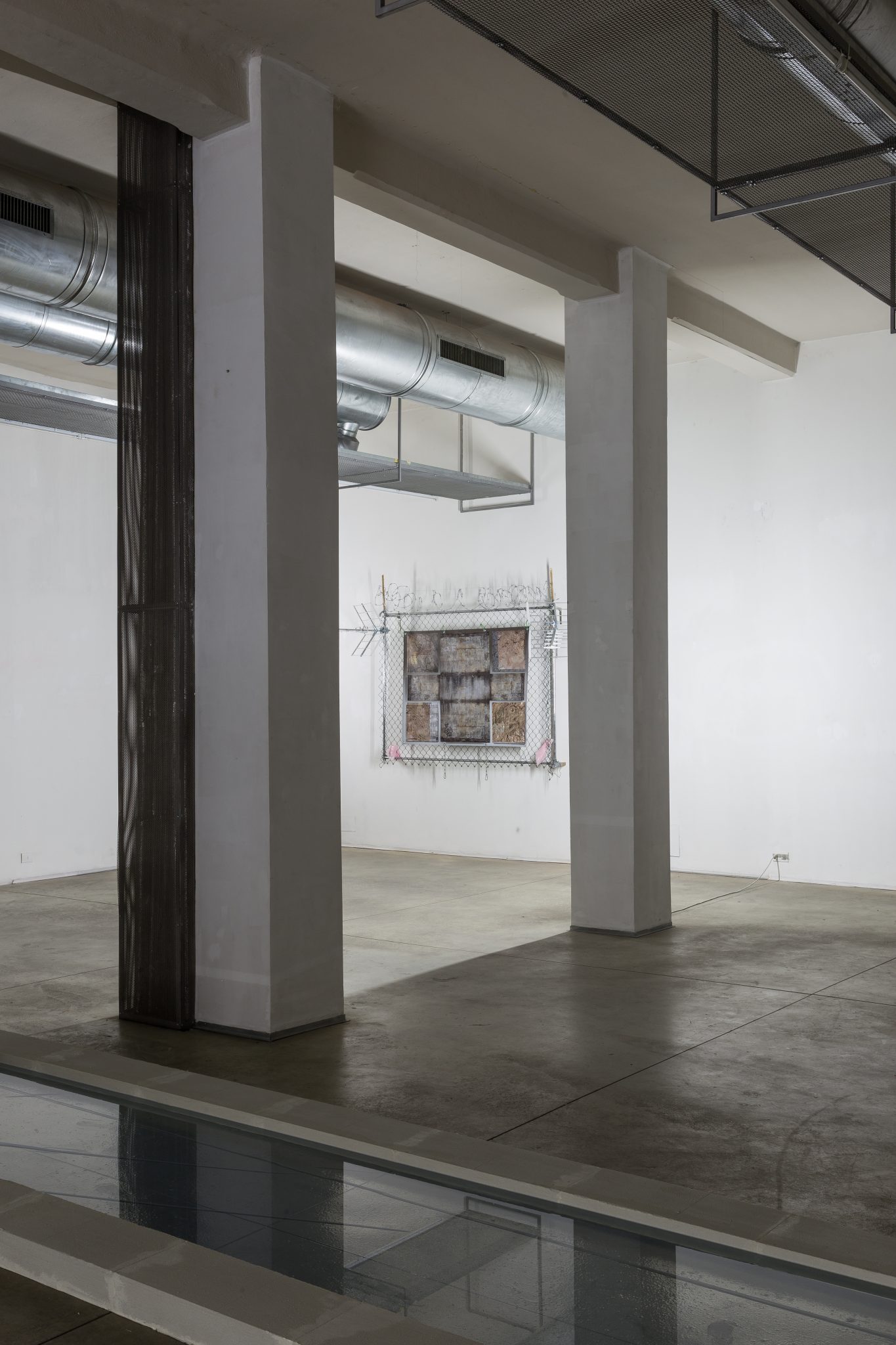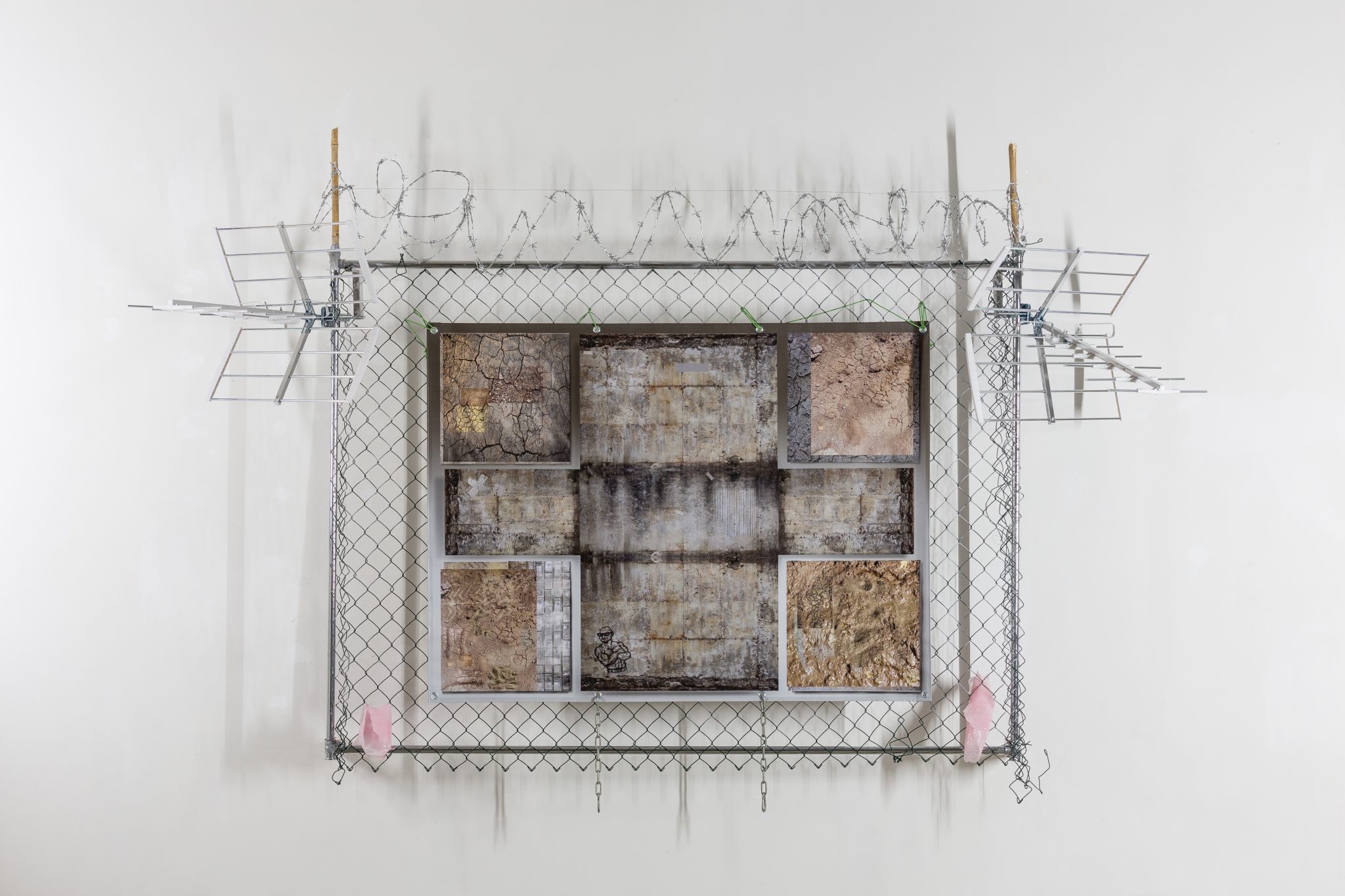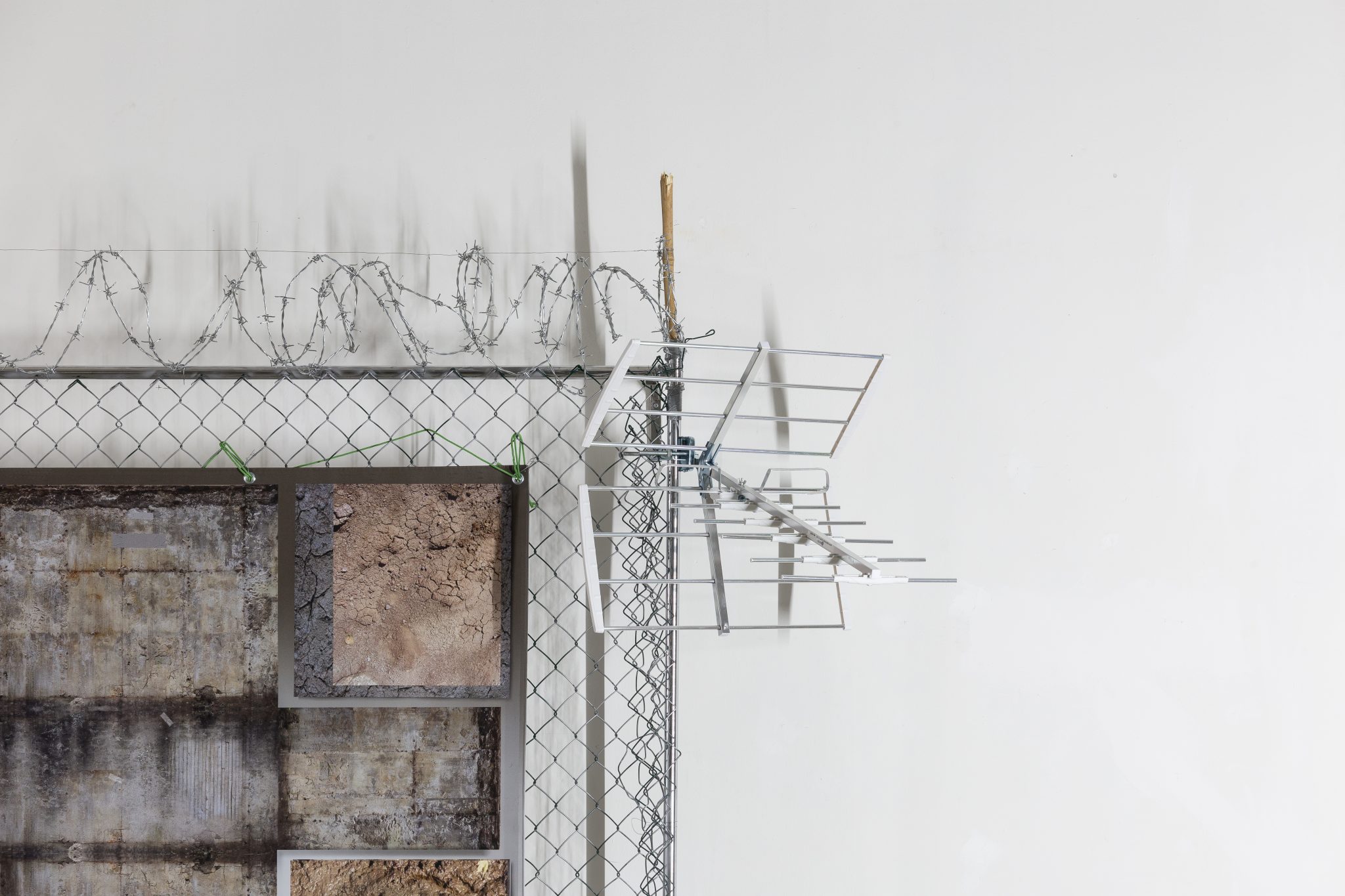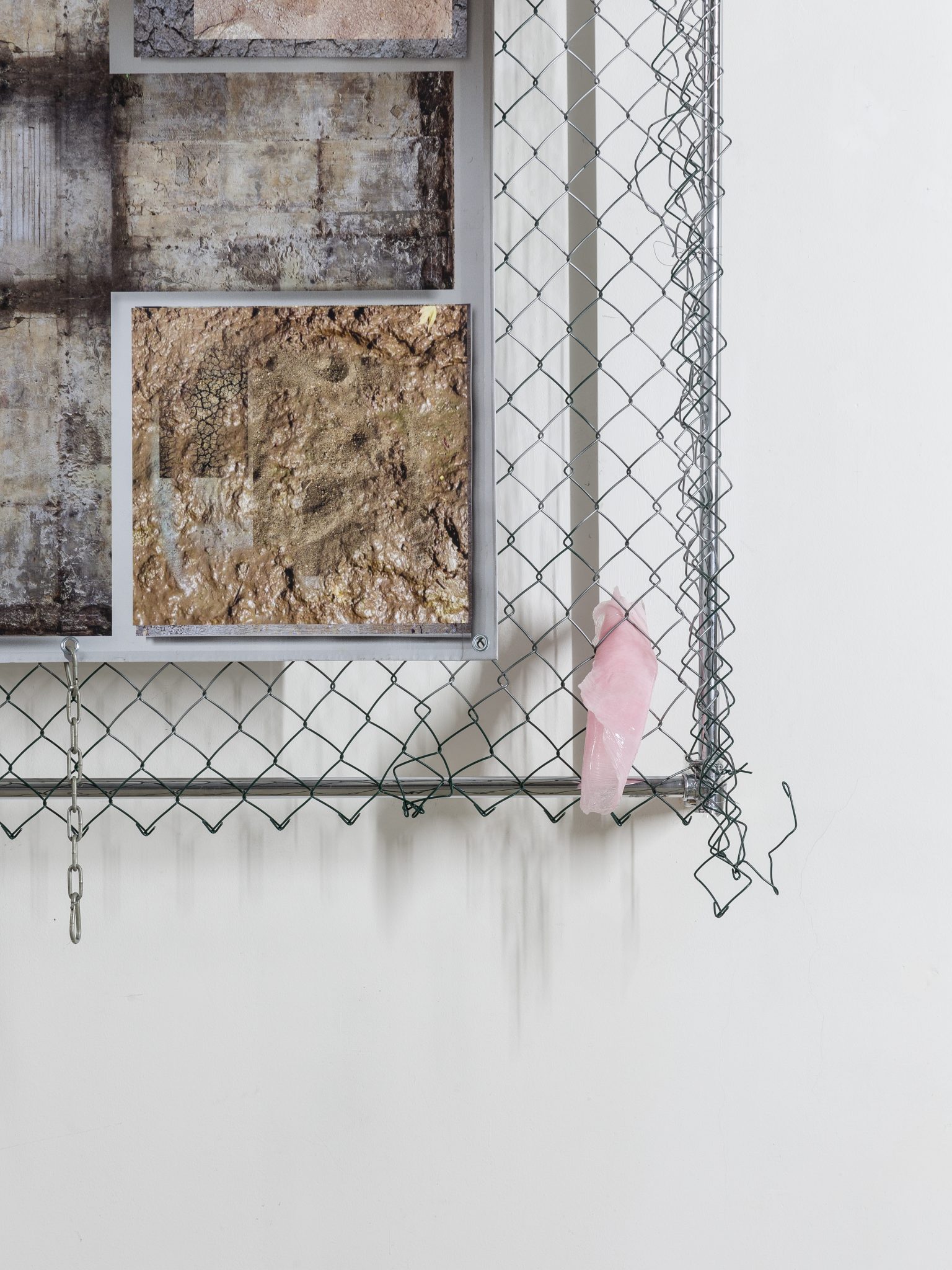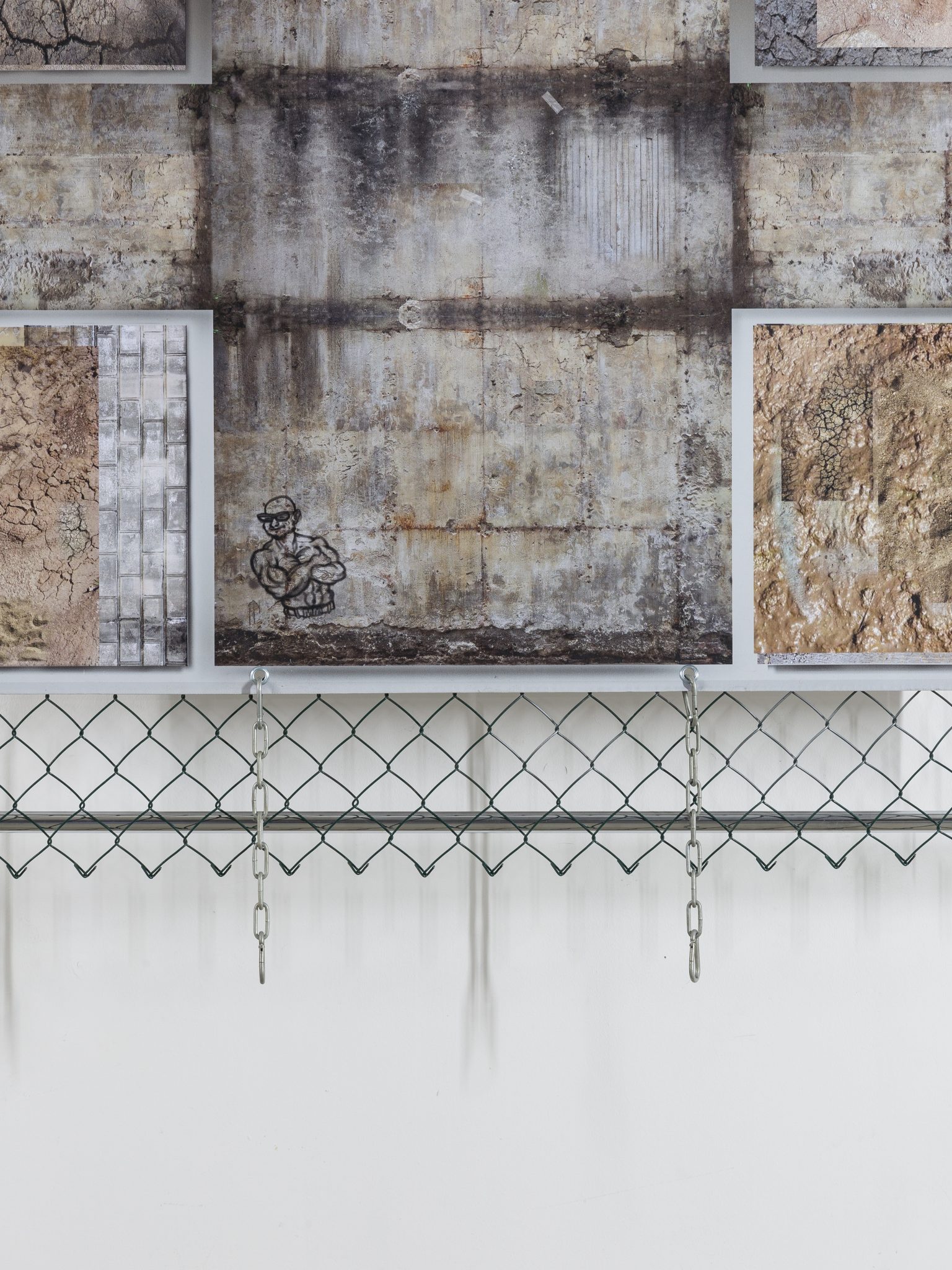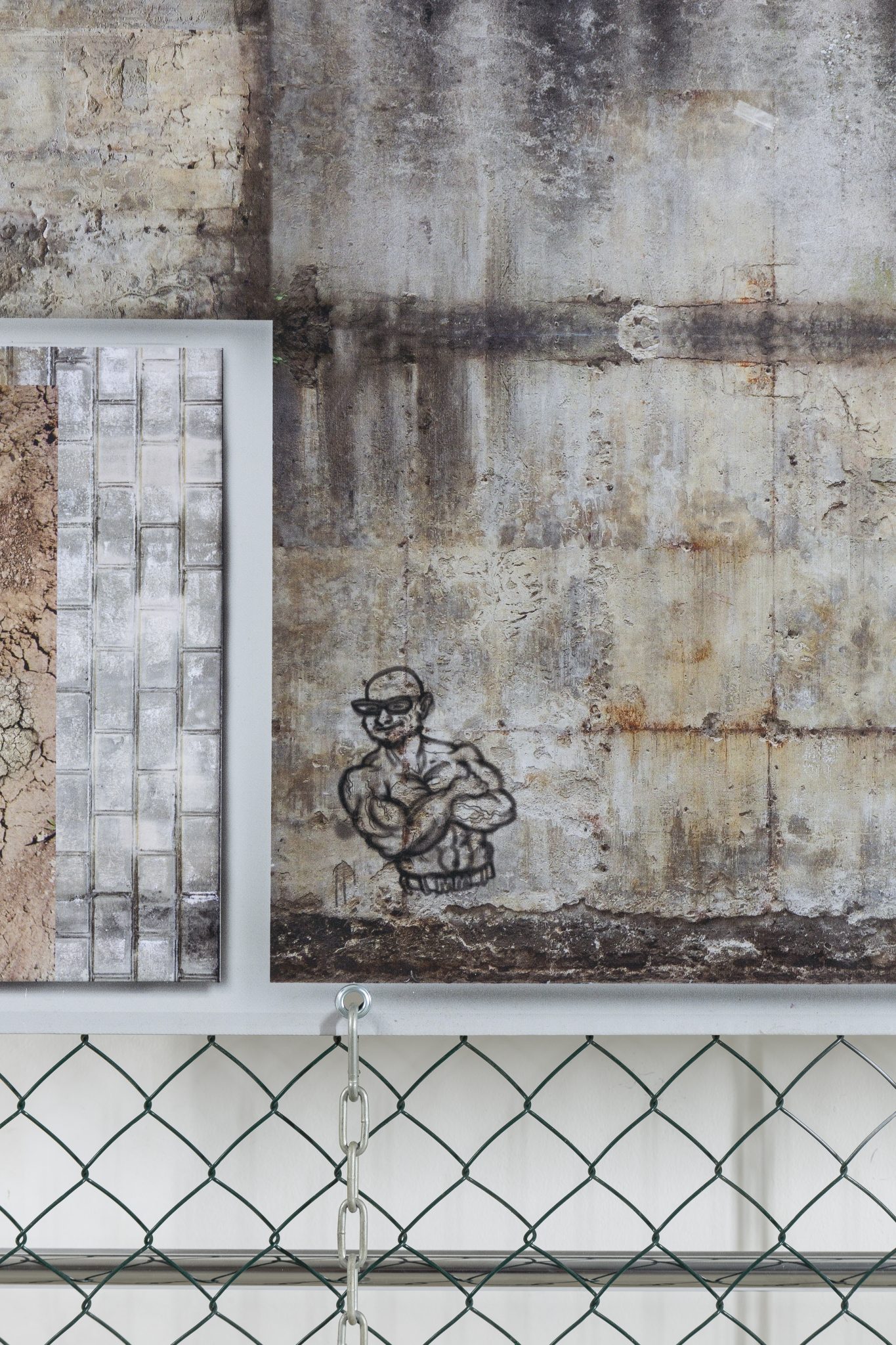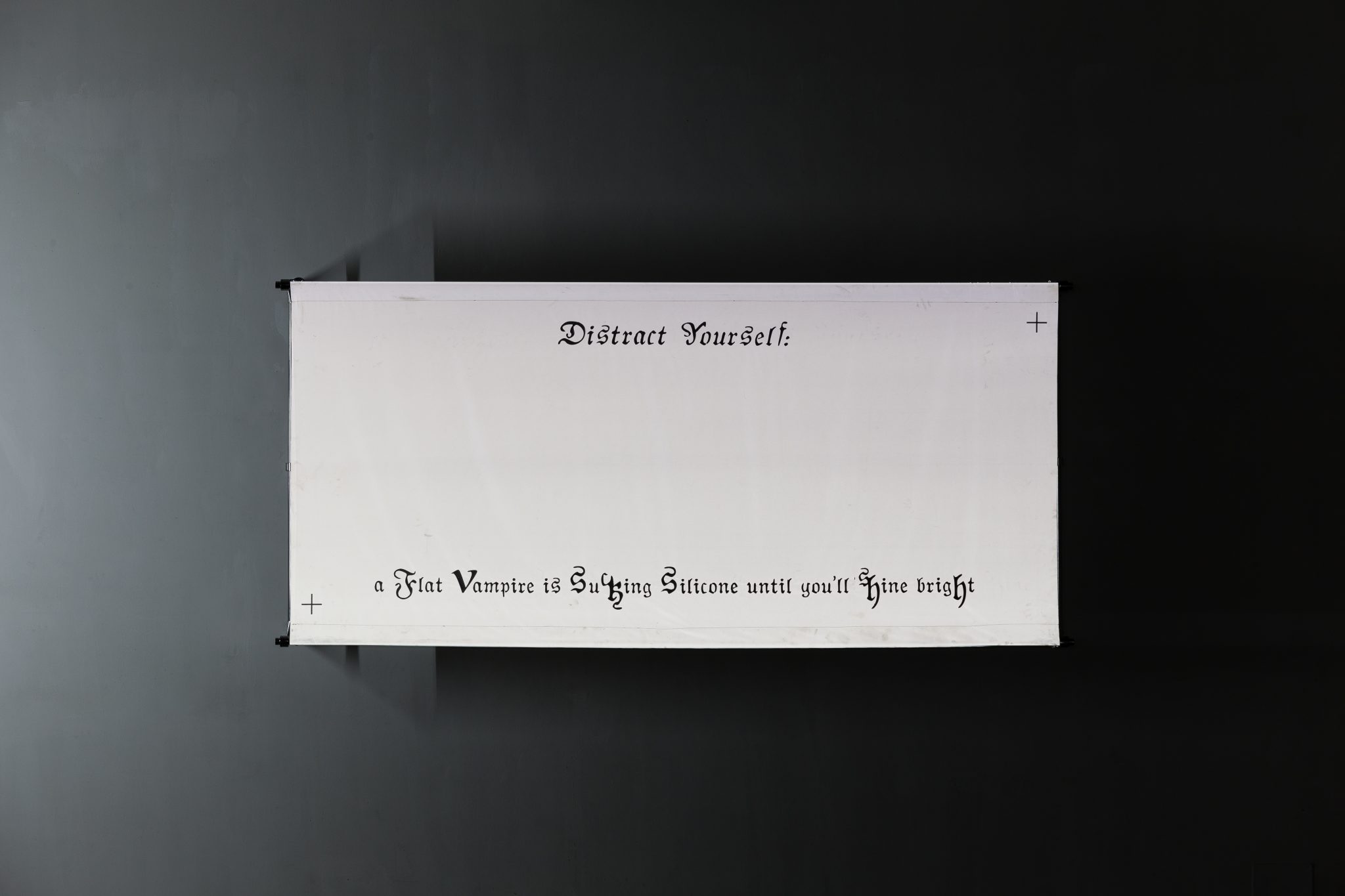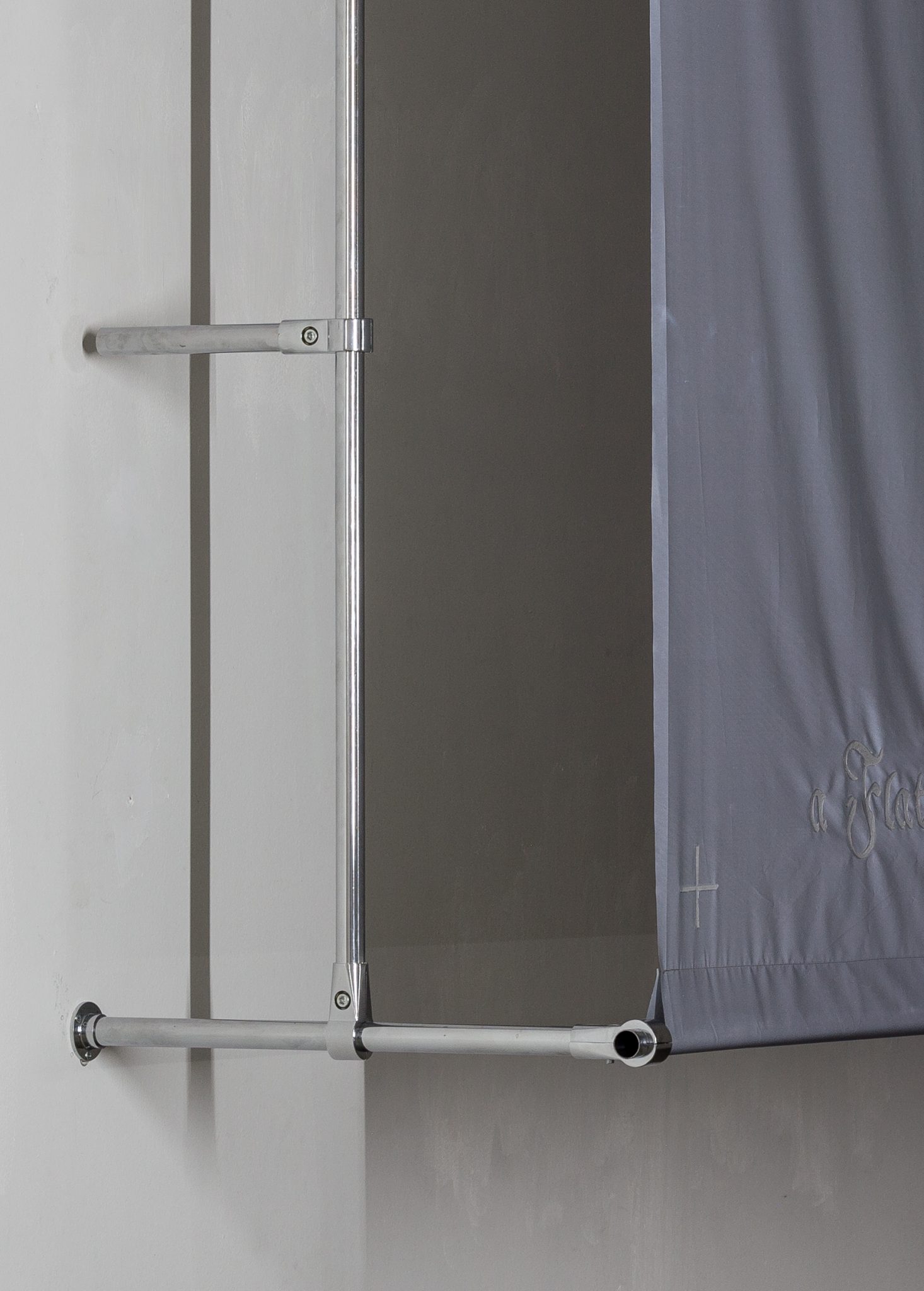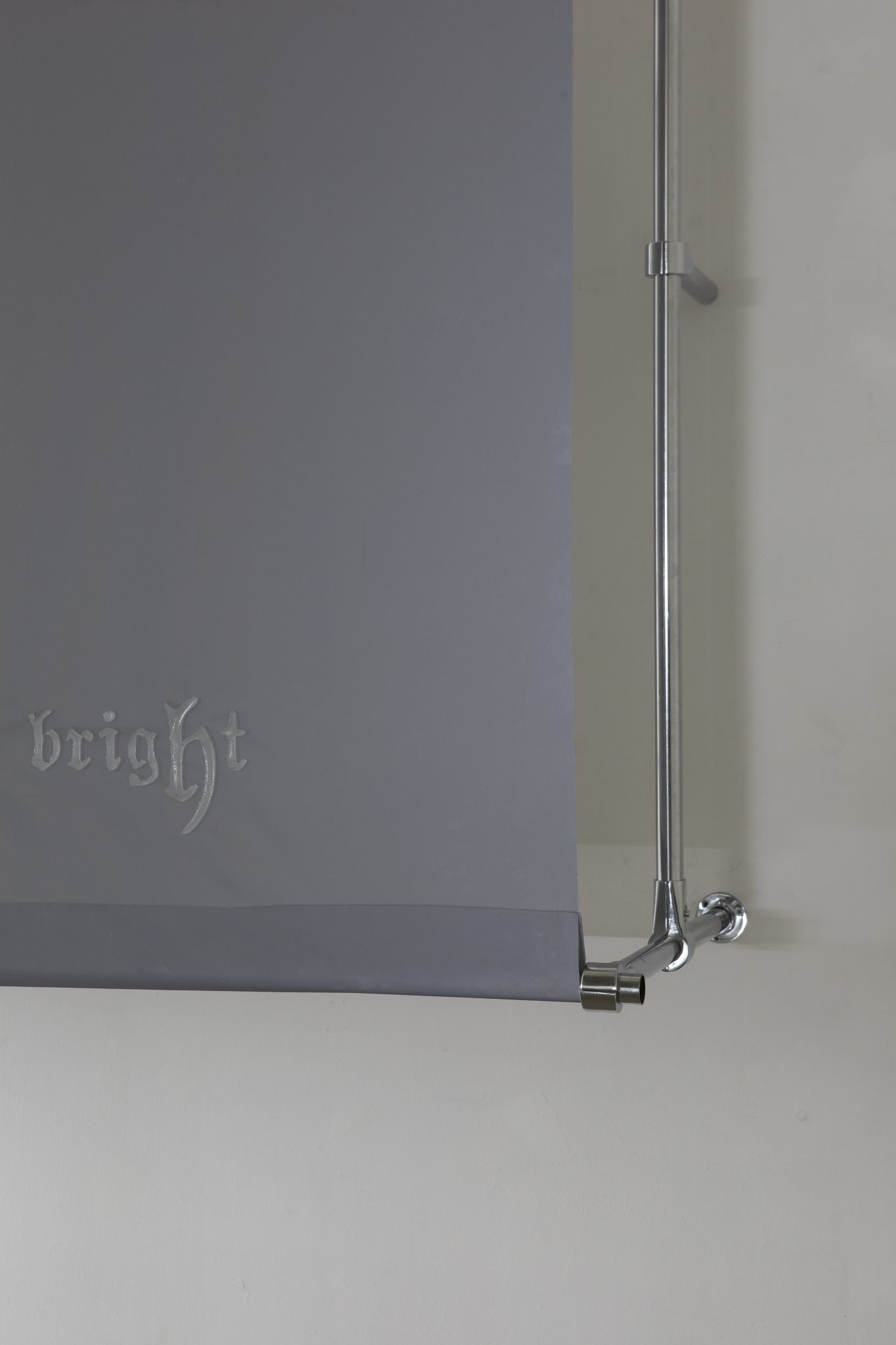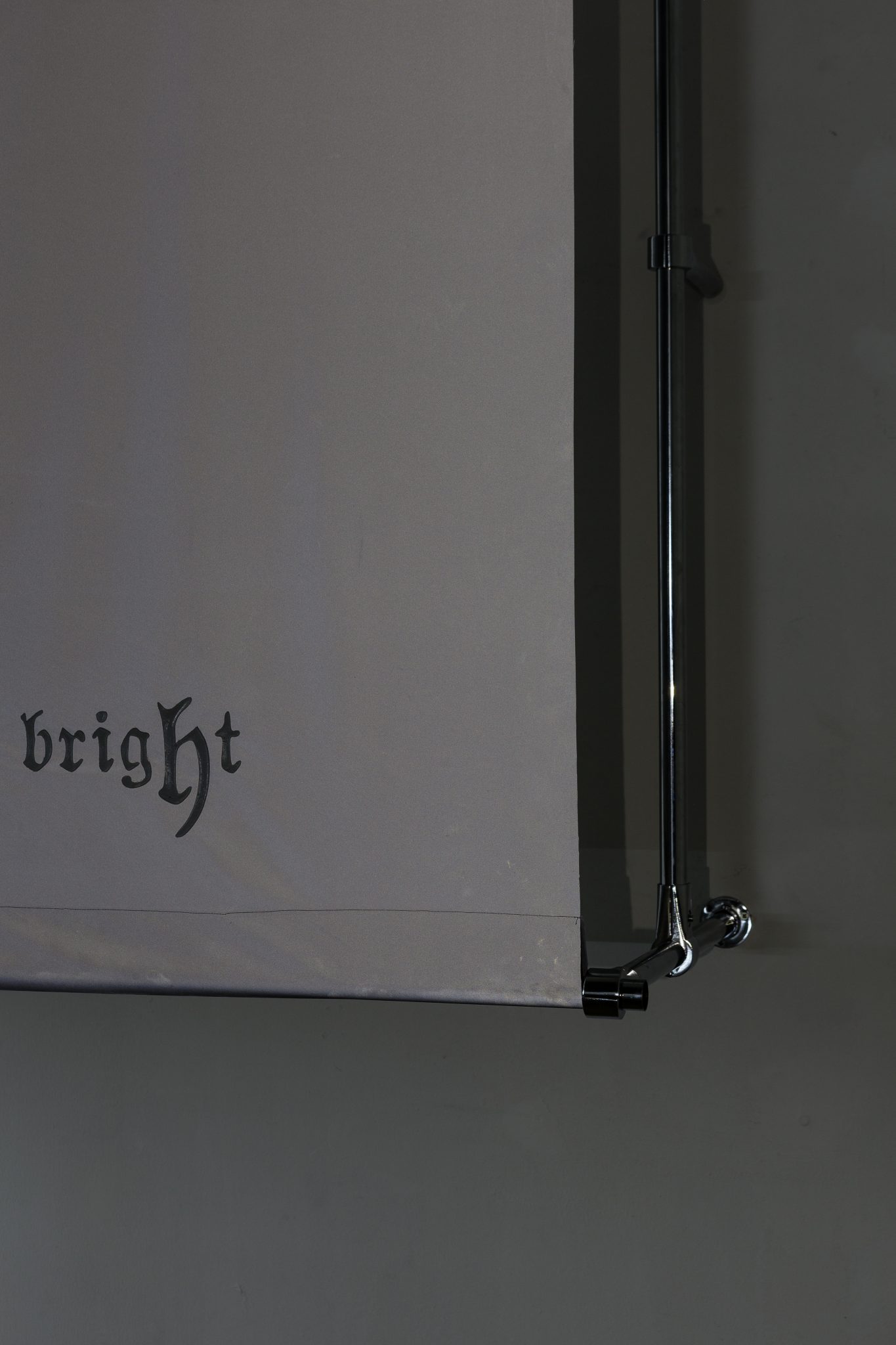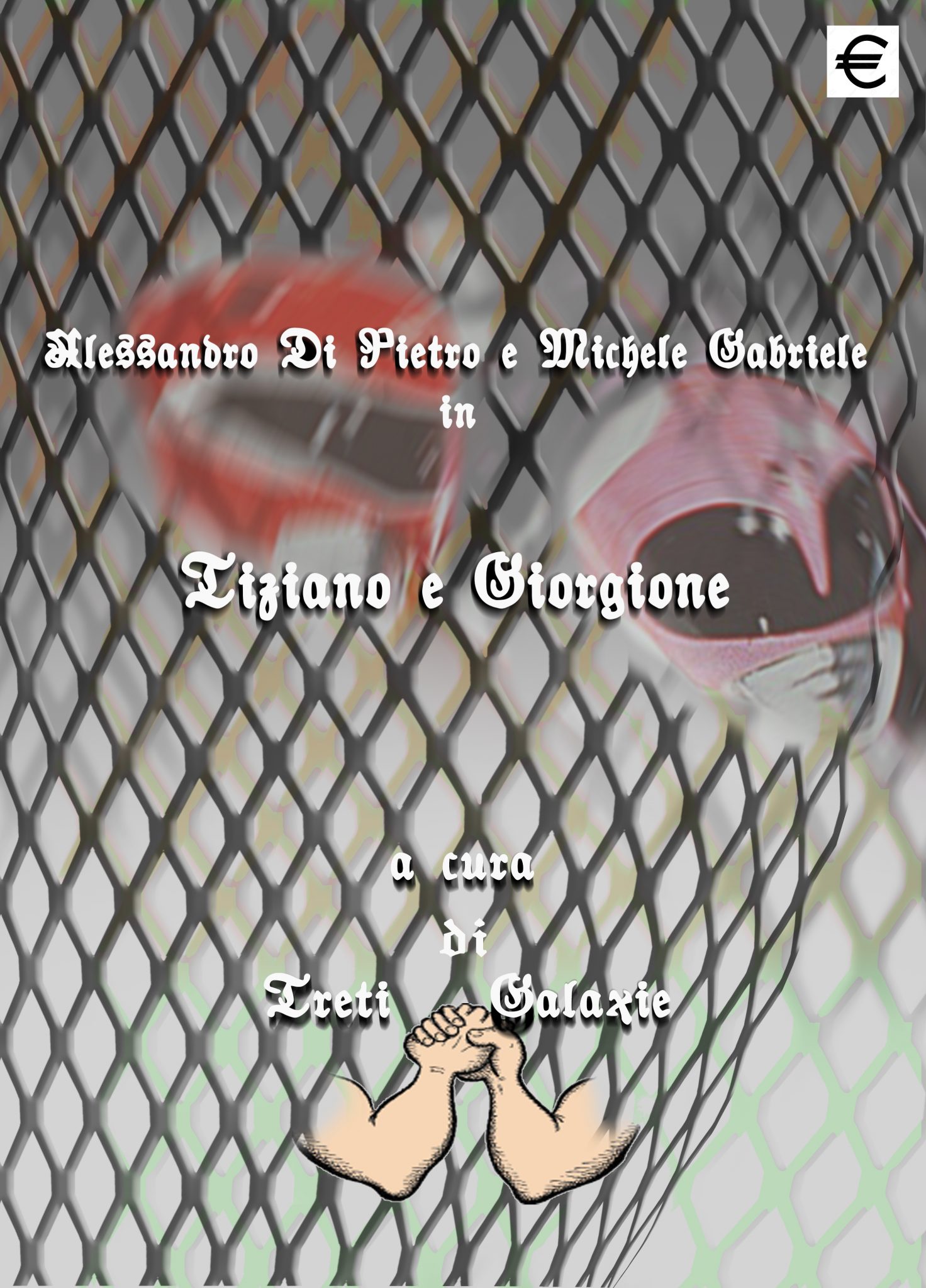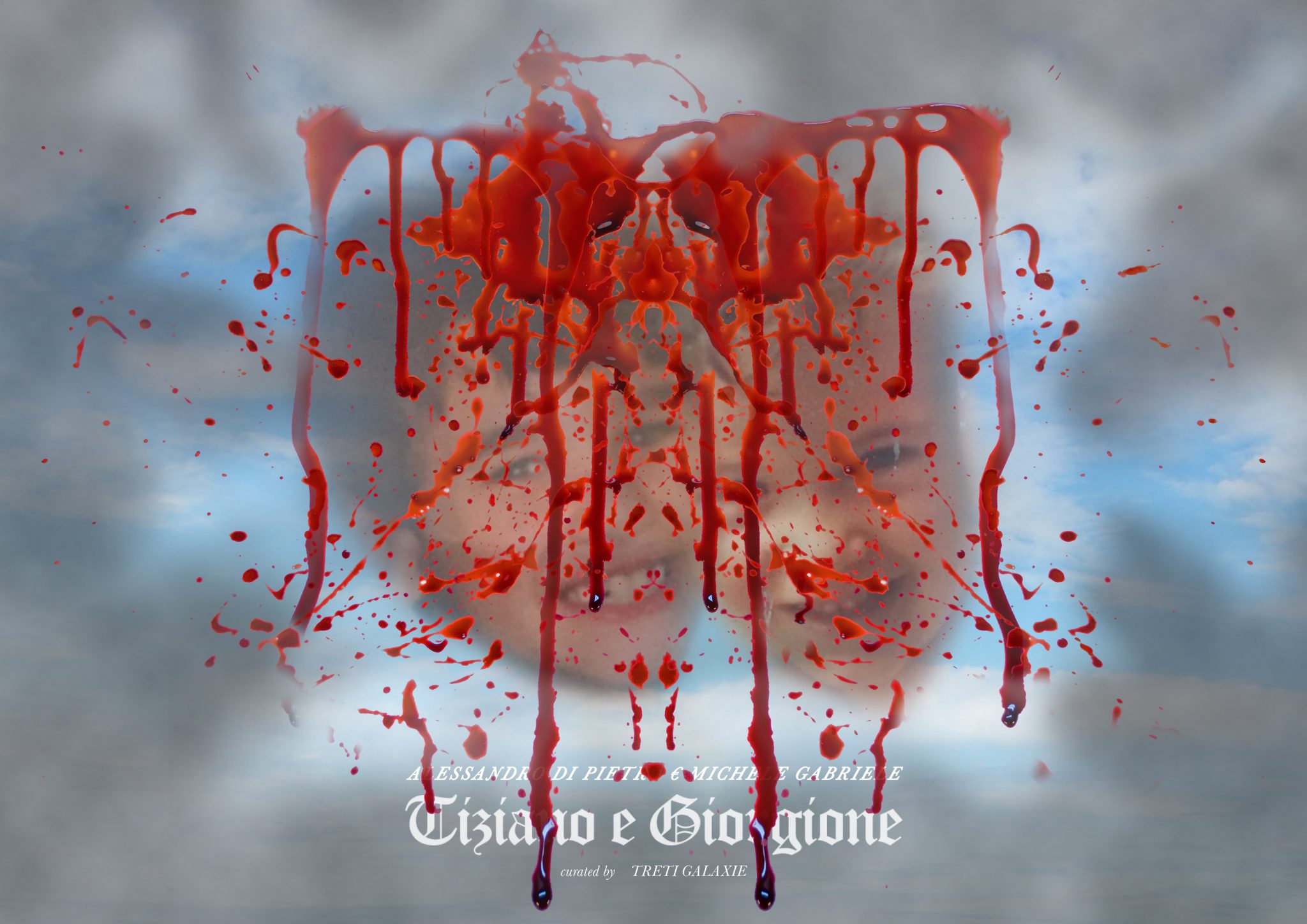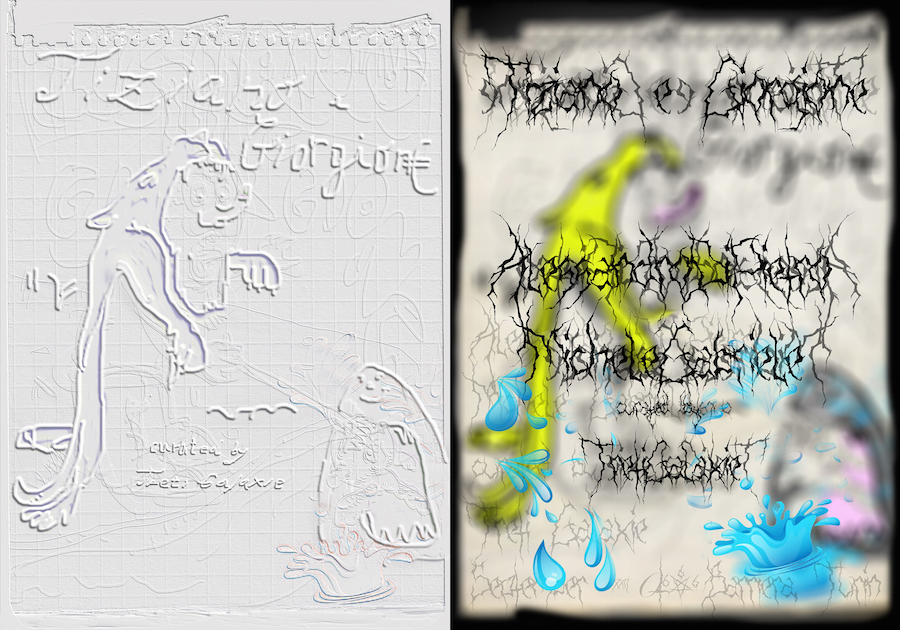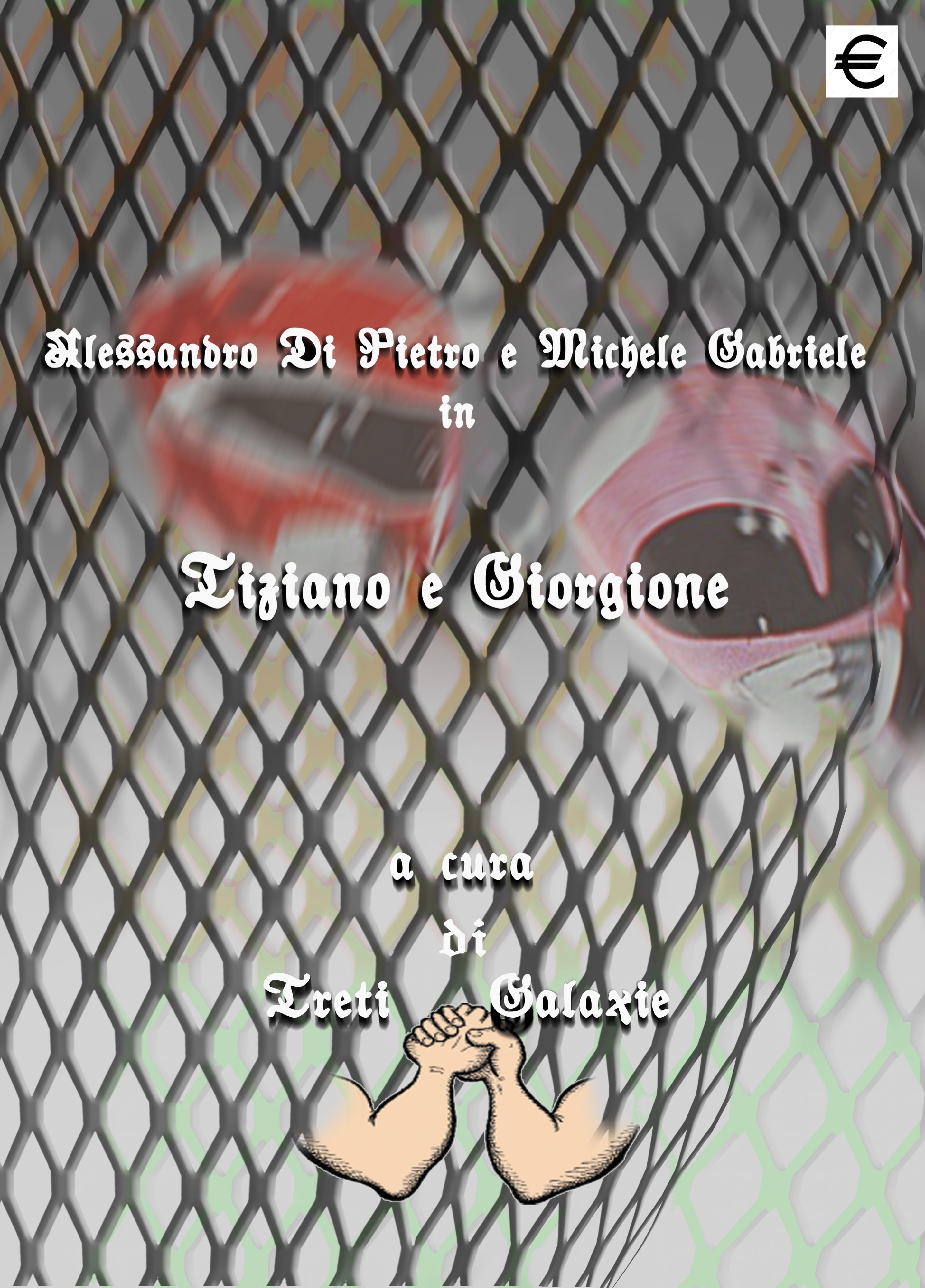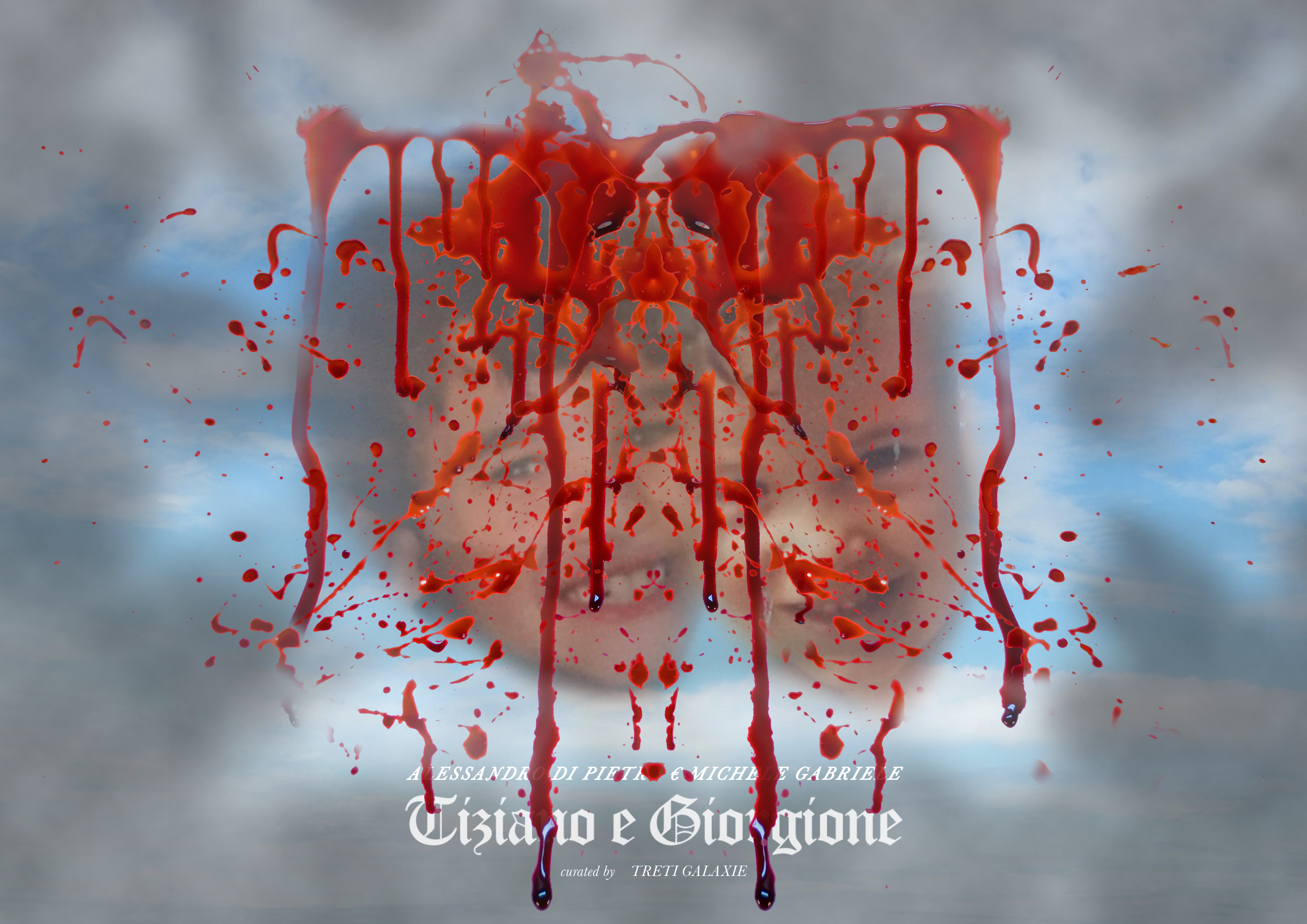- Michele Gabriele,
- Alessandro Di Pietro
Tiziano e Giorgione
Treti Galaxie is proud to present ‘Tiziano e Giorgione’, a double solo show on the friendship and death of Michele Gabriele and Alessandro Di Pietro, as curated by Matteo Mottin.
Gabriele and Di Pietro worked separately, without debating their decisions if not through the intermediation of the curator, in order for both to come up with an emblematic work, one that might express the main themes and characteristics of their current research. A synthesis of their poetics that would reflect and capture both the formal and conceptual approach of this particular period of their lives and friendship.
Drawing inspiration from the peculiar link between the 16th-century Venetian masters Giorgione and Titian, who completed his friend’s canvases after his death, the artists made a blood pact: when one of the two dies, the other will have the task of taking care of, restoring and completing the works of his friend.
‘Tiziano e Giorgione’ is thus a sentimental project, an exhibition on trust and ties, but also one that questions the imposed – however necessary – carefreeness with which we look upon the duration of our lives and the relationships that we establish with others.
The artists thus developed works as if they were their very last. They did so while reasoning constantly on their own death and that of the other, establishing rules and protocols for the care of the works and future restoration works. All this modified their usual approach to their work. The constant awareness of death and its unpredictability led them to do away with complexity in favour of the preservation of immediacy.
Every artist works in constant relation to death, and despite the bane of uncertainty, entrusts the task of surviving them to their works, thus keeping the memory of their creator alive. Death, while accompanying all artists day after day, observes them through their work, but in this project death becomes the protagonist. Gabriele and Di Pietro decided to place this thought, this tension and the awareness of this presence at the centre of their approach. A preponderant presence at that, which could not but alter their creative processes.
They did not start out from the choice of a specific working method, but rather they set about reflecting conscientiously on how to face their own death, thereby putting together a new way of working. They did not start out from an idea, but rather from the personal attempt to manage their own departure, and by so doing, creating a new methodological path.
Michele worked more quickly than usual, sketching everything rapidly, without giving in to second thoughts, pressured by the fear of not being able to complete the work. This relentless fear led him to couple speed of thought and practical deployment in the attempt to anticipate a potential premature end to his existence. Quickness and anxiety thus characterised his way of working, in the constant attempt to manage to accept things for what they are.
On the other hand, the increased awareness of his end led Alessandro to alter his production phase, dominated by procrastination, waiting, and a dilated foreshadowing of that inevitable and violent acceleration that characterises the very moment in which one senses that one is abandoning everything. This led him to reason on the nature of absence and the interior void. The work was conceived as a final dialogue with oneself, like that last word, uttered a fraction of a second after realising one is about to die.
For this peculiar project, Treti Galaxie chose Barriera as a venue, by virtue of its two-sided nature as exhibition area and artwork deposit. The state of the space is heavily influenced by this hidden deposit, not accessible to the public. Every work that is exhibited here seems to hang in a limbo, a dimension midway between public and private, the new and the historical, the living and the dead – a borderline condition that very much reflects the state of the works of Gabriele and Di Pietro.
While walking around Venice, like us, the many people who have visited it over the centuries must have got lost at times, and then on attempting to find their way, come across a stream or a canal separating them from their destination. It may even have happened to us, in the evening light, to stand there staring, motionless and powerless, at the place where we would have liked to go, seeing our image reflected in the water before us. Our intention is already projected towards the other side, while our body is blocked on the stony canal bank.
The two works by Michele Gabriele and Alessandro Di Pietro gaze back at us from beyond this canal, waiting.
Project realized thanks to the generous contribution of Sandro Mori.
Treti Galaxie is proud to present ‘Tiziano e Giorgione’, a double solo show on the friendship and death of Michele Gabriele and Alessandro Di Pietro, as curated by Matteo Mottin.
Gabriele and Di Pietro worked separately, without debating their decisions if not through the intermediation of the curator, in order for both to come up with an emblematic work, one that might express the main themes and characteristics of their current research. A synthesis of their poetics that would reflect and capture both the formal and conceptual approach of this particular period of their lives and friendship.
Drawing inspiration from the peculiar link between the 16th-century Venetian masters Giorgione and Titian, who completed his friend’s canvases after his death, the artists made a blood pact: when one of the two dies, the other will have the task of taking care of, restoring and completing the works of his friend.
‘Tiziano e Giorgione’ is thus a sentimental project, an exhibition on trust and ties, but also one that questions the imposed – however necessary – carefreeness with which we look upon the duration of our lives and the relationships that we establish with others.
The artists thus developed works as if they were their very last. They did so while reasoning constantly on their own death and that of the other, establishing rules and protocols for the care of the works and future restoration works. All this modified their usual approach to their work. The constant awareness of death and its unpredictability led them to do away with complexity in favour of the preservation of immediacy.
Every artist works in constant relation to death, and despite the bane of uncertainty, entrusts the task of surviving them to their works, thus keeping the memory of their creator alive. Death, while accompanying all artists day after day, observes them through their work, but in this project death becomes the protagonist. Gabriele and Di Pietro decided to place this thought, this tension and the awareness of this presence at the centre of their approach. A preponderant presence at that, which could not but alter their creative processes.
They did not start out from the choice of a specific working method, but rather they set about reflecting conscientiously on how to face their own death, thereby putting together a new way of working. They did not start out from an idea, but rather from the personal attempt to manage their own departure, and by so doing, creating a new methodological path.
Michele worked more quickly than usual, sketching everything rapidly, without giving in to second thoughts, pressured by the fear of not being able to complete the work. This relentless fear led him to couple speed of thought and practical deployment in the attempt to anticipate a potential premature end to his existence. Quickness and anxiety thus characterised his way of working, in the constant attempt to manage to accept things for what they are.
On the other hand, the increased awareness of his end led Alessandro to alter his production phase, dominated by procrastination, waiting, and a dilated foreshadowing of that inevitable and violent acceleration that characterises the very moment in which one senses that one is abandoning everything. This led him to reason on the nature of absence and the interior void. The work was conceived as a final dialogue with oneself, like that last word, uttered a fraction of a second after realising one is about to die.
For this peculiar project, Treti Galaxie chose Barriera as a venue, by virtue of its two-sided nature as exhibition area and artwork deposit. The state of the space is heavily influenced by this hidden deposit, not accessible to the public. Every work that is exhibited here seems to hang in a limbo, a dimension midway between public and private, the new and the historical, the living and the dead – a borderline condition that very much reflects the state of the works of Gabriele and Di Pietro.
While walking around Venice, like us, the many people who have visited it over the centuries must have got lost at times, and then on attempting to find their way, come across a stream or a canal separating them from their destination. It may even have happened to us, in the evening light, to stand there staring, motionless and powerless, at the place where we would have liked to go, seeing our image reflected in the water before us. Our intention is already projected towards the other side, while our body is blocked on the stony canal bank.
The two works by Michele Gabriele and Alessandro Di Pietro gaze back at us from beyond this canal, waiting.
Project realized thanks to the generous contribution of Sandro Mori.
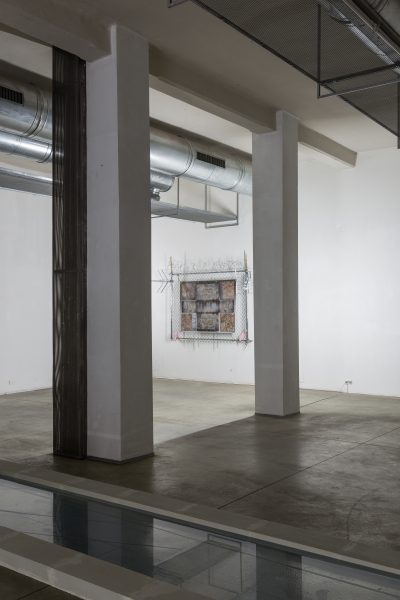 Michele Gabriele, Tiziano e Giorgione, 2016Installation view. Courtesy of the artists and Treti Galaxie. Photo: Marco Cappelletti
Michele Gabriele, Tiziano e Giorgione, 2016Installation view. Courtesy of the artists and Treti Galaxie. Photo: Marco Cappelletti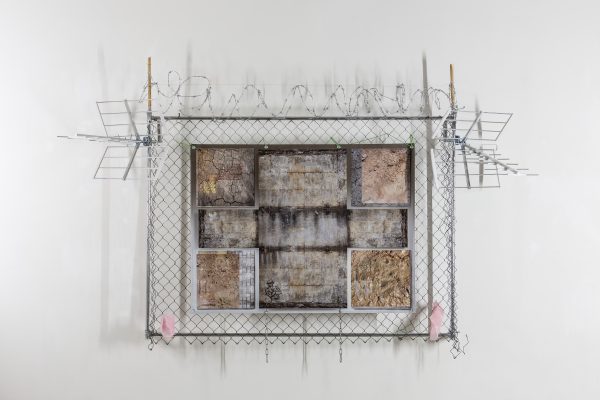 Michele Gabriele, Tiziano e Giorgione, 2016Installation view. Courtesy of the artists and Treti Galaxie. Photo: Marco Cappelletti
Michele Gabriele, Tiziano e Giorgione, 2016Installation view. Courtesy of the artists and Treti Galaxie. Photo: Marco Cappelletti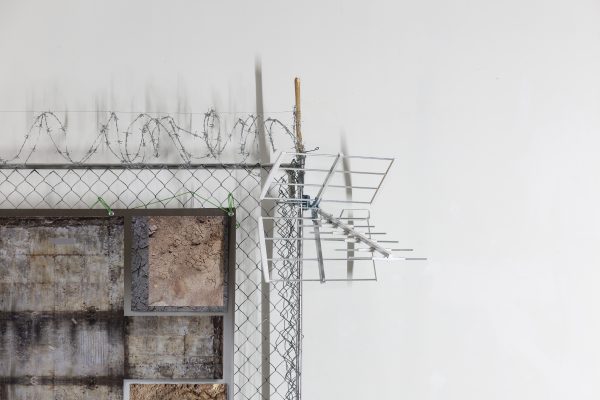 Michele Gabriele, Tiziano e Giorgione, 2016Detail. Courtesy of the artists and Treti Galaxie. Photo: Marco Cappelletti
Michele Gabriele, Tiziano e Giorgione, 2016Detail. Courtesy of the artists and Treti Galaxie. Photo: Marco Cappelletti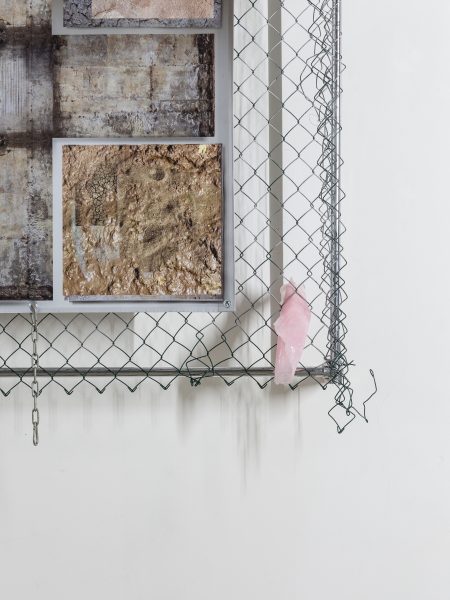 Michele Gabriele, Tiziano e Giorgione, 2016Detail. Courtesy of the artists and Treti Galaxie. Photo: Marco Cappelletti
Michele Gabriele, Tiziano e Giorgione, 2016Detail. Courtesy of the artists and Treti Galaxie. Photo: Marco Cappelletti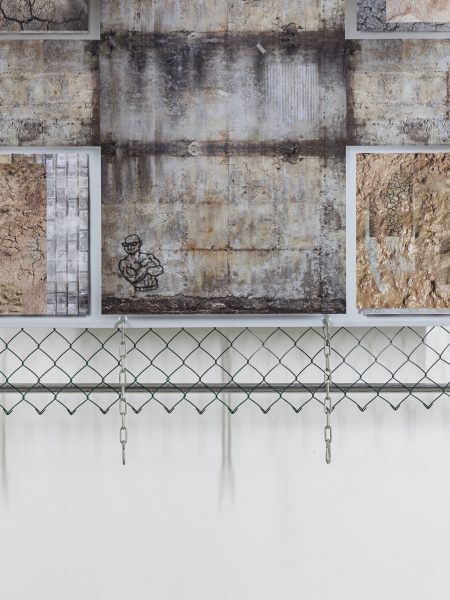 Michele Gabriele, Tiziano e Giorgione, 2016Detail. Courtesy of the artists and Treti Galaxie. Photo: Marco Cappelletti
Michele Gabriele, Tiziano e Giorgione, 2016Detail. Courtesy of the artists and Treti Galaxie. Photo: Marco Cappelletti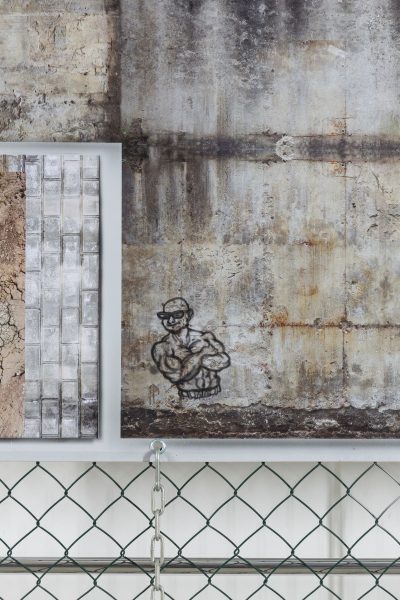 Michele Gabriele, Tiziano e Giorgione, 2016Detail. Courtesy of the artists and Treti Galaxie. Photo: Marco Cappelletti
Michele Gabriele, Tiziano e Giorgione, 2016Detail. Courtesy of the artists and Treti Galaxie. Photo: Marco Cappelletti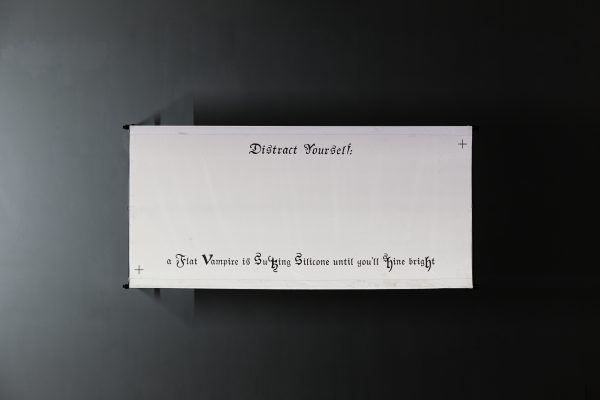 Alessandro Di Pietro, Tiziano e Giorgione, 2016Installation view. Courtesy of the artists and Treti Galaxie. Photo: Marco Cappelletti
Alessandro Di Pietro, Tiziano e Giorgione, 2016Installation view. Courtesy of the artists and Treti Galaxie. Photo: Marco Cappelletti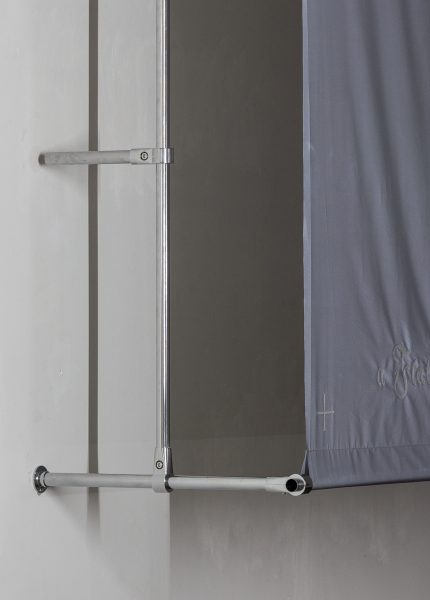 Alessandro Di Pietro, Tiziano e Giorgione, 2016Detail. Courtesy of the artists and Treti Galaxie. Photo: Marco Cappelletti
Alessandro Di Pietro, Tiziano e Giorgione, 2016Detail. Courtesy of the artists and Treti Galaxie. Photo: Marco Cappelletti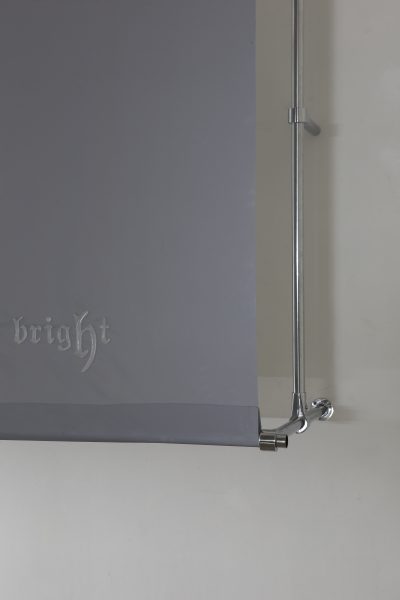 Alessandro Di Pietro, Tiziano e Giorgione, 2016Detail. Courtesy of the artists and Treti Galaxie. Photo: Marco Cappelletti
Alessandro Di Pietro, Tiziano e Giorgione, 2016Detail. Courtesy of the artists and Treti Galaxie. Photo: Marco Cappelletti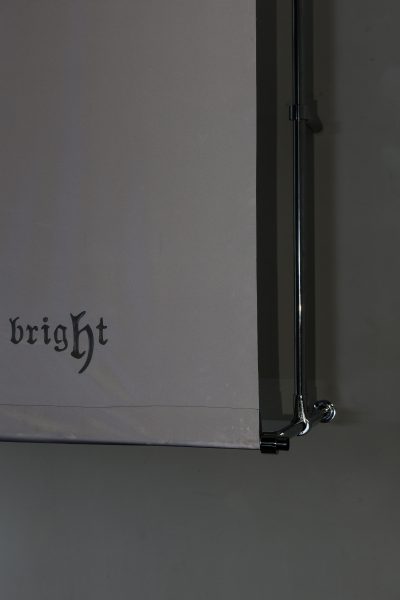 Alessandro Di Pietro, Tiziano e Giorgione, 2016Detail. Courtesy of the artists and Treti Galaxie. Photo: Marco Cappelletti
Alessandro Di Pietro, Tiziano e Giorgione, 2016Detail. Courtesy of the artists and Treti Galaxie. Photo: Marco Cappelletti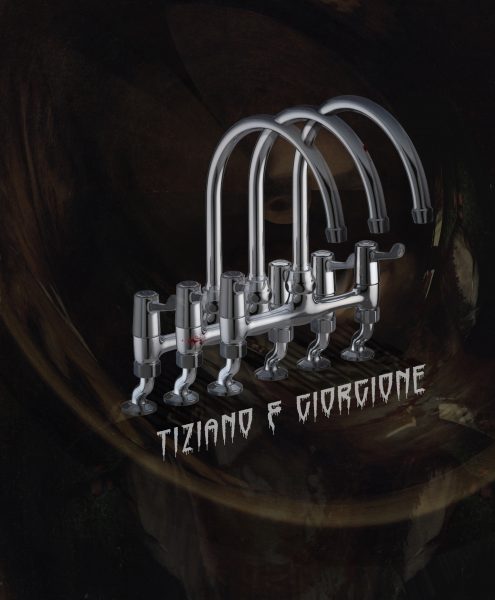 Michele Gabriele e Alessandro Di Pietro, Tiziano e Giorgione, 2016Flyer, courtesy of the artists and Treti Galaxie
Michele Gabriele e Alessandro Di Pietro, Tiziano e Giorgione, 2016Flyer, courtesy of the artists and Treti Galaxie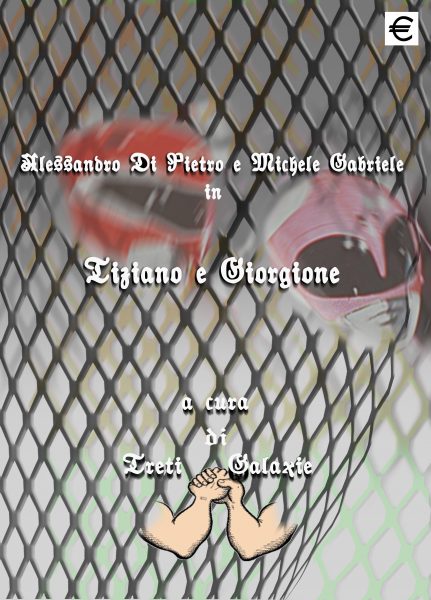 Michele Gabriele e Alessandro Di Pietro, Tiziano e Giorgione, 2016Flyer, courtesy of the artists and Treti Galaxie
Michele Gabriele e Alessandro Di Pietro, Tiziano e Giorgione, 2016Flyer, courtesy of the artists and Treti Galaxie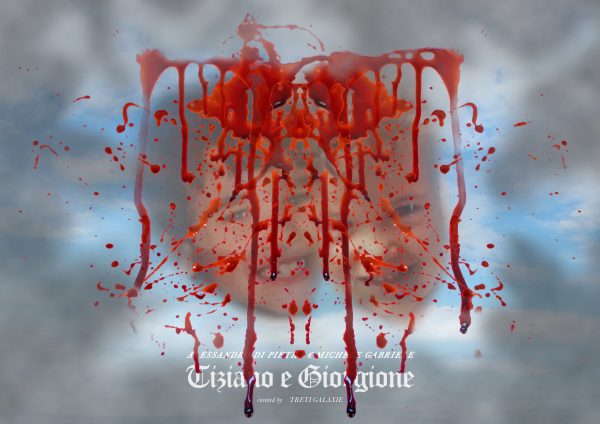 Michele Gabriele e Alessandro Di Pietro, Tiziano e Giorgione, 2016Flyer, courtesy of the artists and Treti Galaxie
Michele Gabriele e Alessandro Di Pietro, Tiziano e Giorgione, 2016Flyer, courtesy of the artists and Treti Galaxie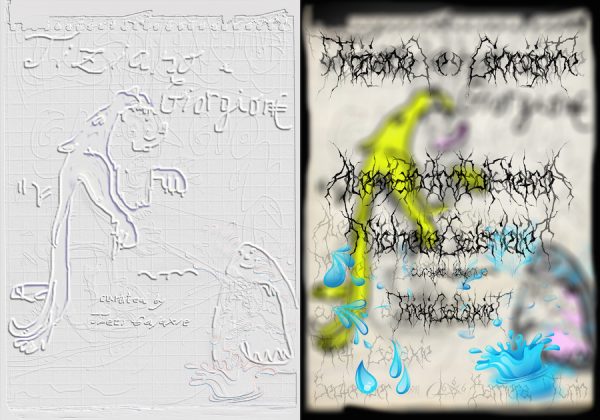 Michele Gabriele e Alessandro Di Pietro, Tiziano e Giorgione, 2016Flyer, courtesy of the artists and Treti Galaxie
Michele Gabriele e Alessandro Di Pietro, Tiziano e Giorgione, 2016Flyer, courtesy of the artists and Treti Galaxie

- Mélodie Mousset
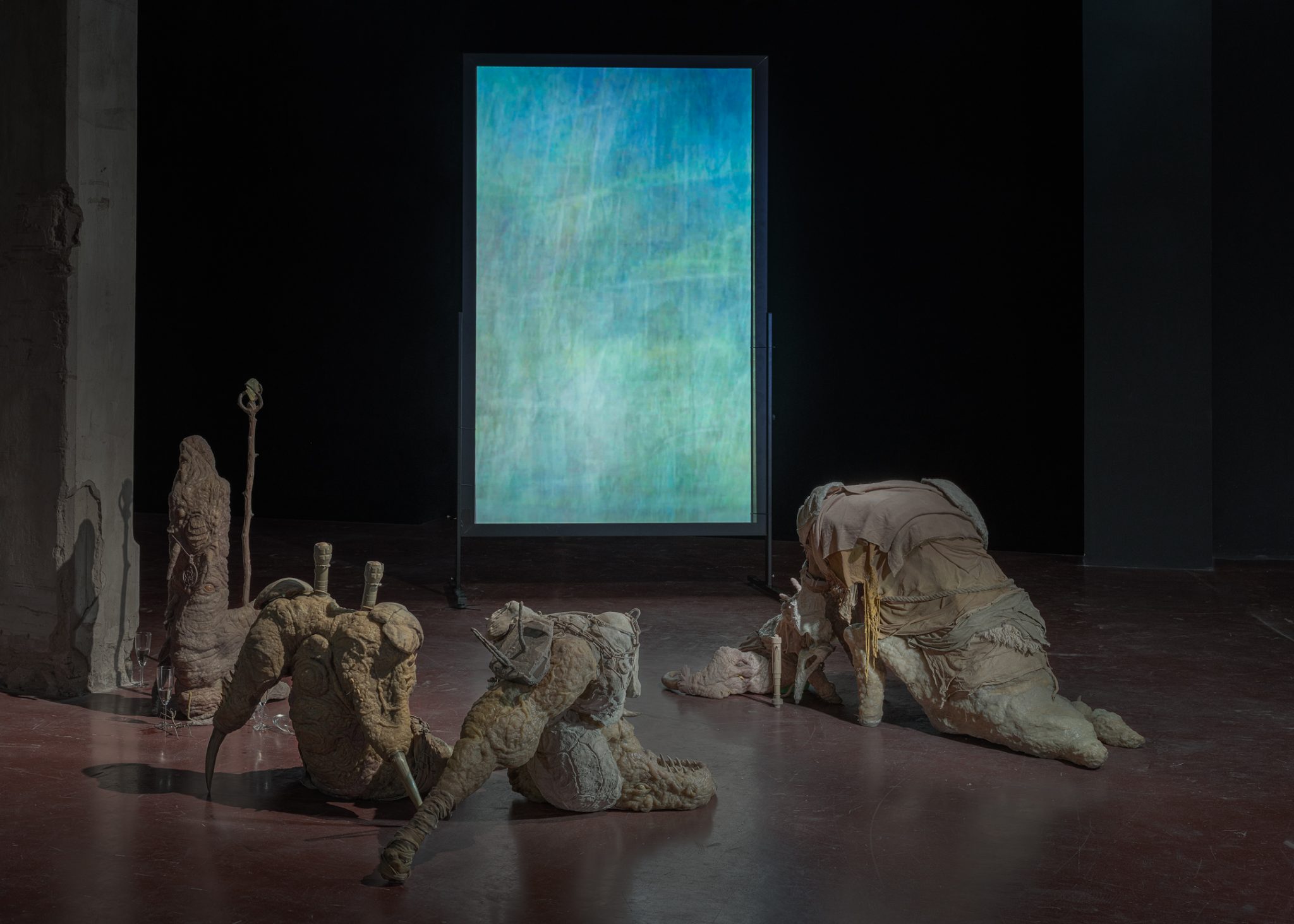
- Michele Gabriele





